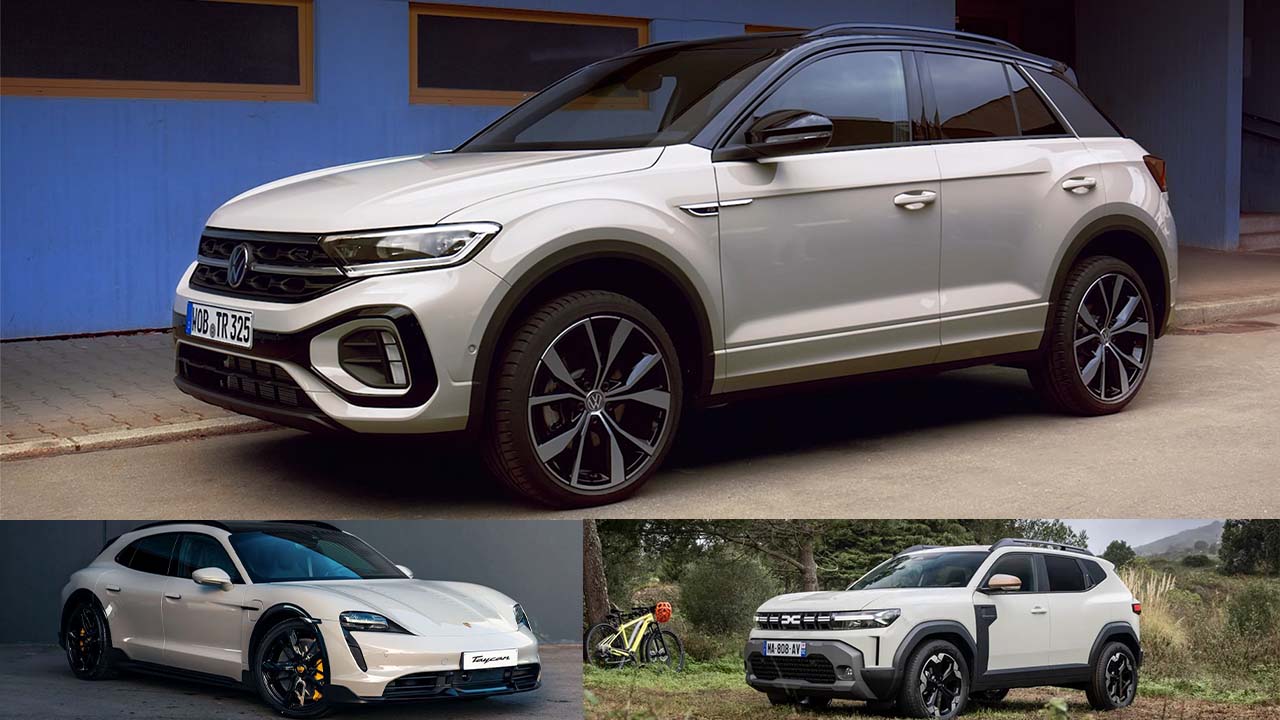When the weather turns cold, snow, ice, and freezing wind or rain can create dangerous driving conditions for those who aren’t properly prepared.
With the Met Office predicting “unsettled conditions” or snow in parts of the UK over Christmas, it’s wise to know which vehicles will offer reliable traction when driving across ice or snow.
Many people associate difficult driving conditions with the need for four-wheel drive (4WD), a system that sends power from a car’s engine to all four wheels to enhance traction on slippery surfaces.
While traditional four-wheel drive systems can result in higher running costs, modern systems are able to switch between two-wheel and four-wheel drive only when necessary, so they shouldn’t be much more expensive to operate than a regular car.
This article highlights the best cars to tackle icy and snowy conditions. While such weather is more common in high, rural areas such as Scotland, northern England, and Northern Ireland, these conditions are becoming increasingly frequent across the UK.
Our team of expert road testers dedicates thousands of hours to assessing every new car on the market, focusing on the factors most important to car buyers.
Whether it’s driving cars back to back against their key competitors, testing performance on our dedicated test track, or evaluating how well cars perform off-road in controlled conditions, all the information gathered leads to a trustworthy verdict.
Below, you’ll find our top 10 picks for cars that will keep you moving when snow starts to fall.
While the Land Rover Defender is our top choice, the other vehicles listed here are also worth considering.
1. Land Rover Defender
- 0-62mph: 8.3 sec
- MPG/range: 33.1mpg
- CO2 emissions: 223g/km
- Seats: 5
- Boot: 786 litres
- Insurance group: 38E
Strengths:
- Comfortable on the road, excellent off it
- Up to eight seats
- Slow depreciation
Weaknesses:
- Higher trim levels are very pricey
- Fuel economy and CO2 emissions are poor
- Tiny boot in 90 models
Favourite version: 110 D300 xDynamic S
For many buyers, the Land Rover Defender is the ultimate off-roader. In fact, when most people envision an SUV driving across a snow-covered landscape, the Defender is likely the first vehicle that comes to mind.
While there are cheaper versions than the D300-engined model we’ve chosen, the 296bhp engine provides more than enough power for any situation. Additionally, you can opt for special tires designed to improve grip on mud and snow for the Defender 110.
Though the Defender is highly capable off-road, it also excels on the road, absorbing bumps and lumps better than rivals such as the Mercedes G-Class.
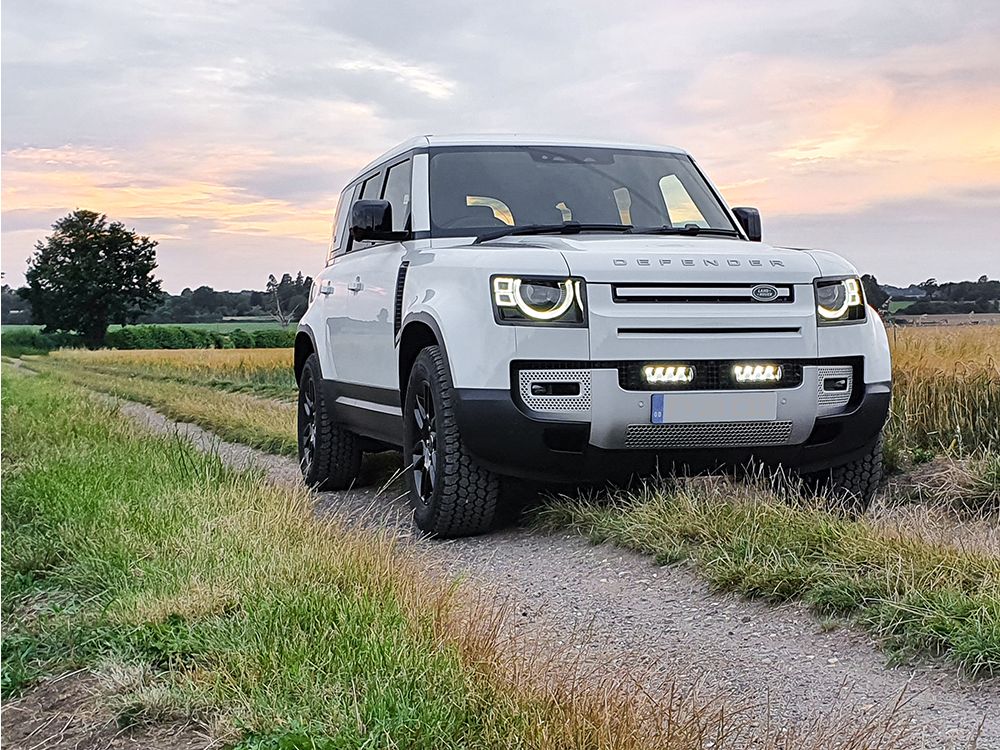
Even though luxury SUVs like the Audi Q7 and BMW X5 offer a bit more comfort for passengers, even taller individuals will find plenty of space inside the Defender. Plus, the Defender can carry up to seven passengers thanks to two “jump” seats that pull up from the floor.
The Defender also offers ample luggage space; during testing, we fit seven carry-on suitcases into its boot.
Also Read: Top 10 Common EV Problems That Are Hard to Fix
2. BMW X7
- 0-62mph: 5.8 sec
- MPG/range: 29.1mpg
- CO2 emissions: 218g/km
- Seats: 7
- Boot: 300 litres
- Insurance group: 50E
Strengths:
- Supremely quiet and comfortable
- Incredibly spacious and practical
- Excellent infotainment system
Weaknesses:
- There are cheaper alternatives
- Looks may not appeal to everyone
- No plug-in hybrid or electric option
Favourite version: xDrive40d M Sport
The term “xDrive” refers to BMW’s four-wheel drive system, ensuring the X7 performs well in all weather conditions.
This xDrive40d diesel model, with 347bhp, can accelerate to 62mph in just 5.9 seconds, making it faster than competitors such as the Mercedes GLS 450d and Range Rover D350.
The X7 comes standard with air suspension, providing a smooth ride even over rough or snowy terrain. Despite its size and weight, it feels surprisingly agile with its precise and smooth steering. It also keeps the cabin remarkably quiet, with minimal wind or road noise when driving on highways.
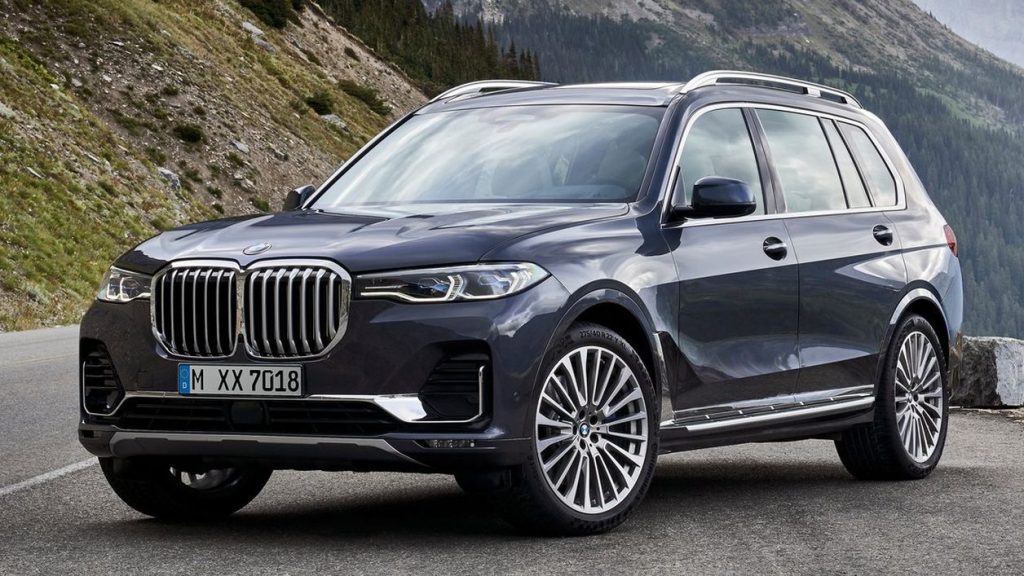
Most buyers opt for the M Sport trim, which includes enhanced brakes and a sportier appearance compared to the standard model.
3. Volkswagen T-Roc
Strengths:
- Comfortable ride and quiet on the motorway
- High driving position for a small SUV
- Good boot space for the class
Weaknesses:
- Touch-sensitive controls can be fiddly
- Higher trims and engine options are pricey
- Unexciting handling (the Ford Puma offers sharper driving dynamics)
In January 2023, we named the Volkswagen T-Roc as the best small SUV you can buy. While the 1.0-litre petrol engine is the best choice for most buyers for most of the year, we recommend opting for the more powerful 2.0-litre version if you regularly encounter mud, snow, and ice on your local roads.
This engine provides more pulling power and is available with Volkswagen’s 4Motion four-wheel drive system, designed to help keep your wheels turning on slippery surfaces.
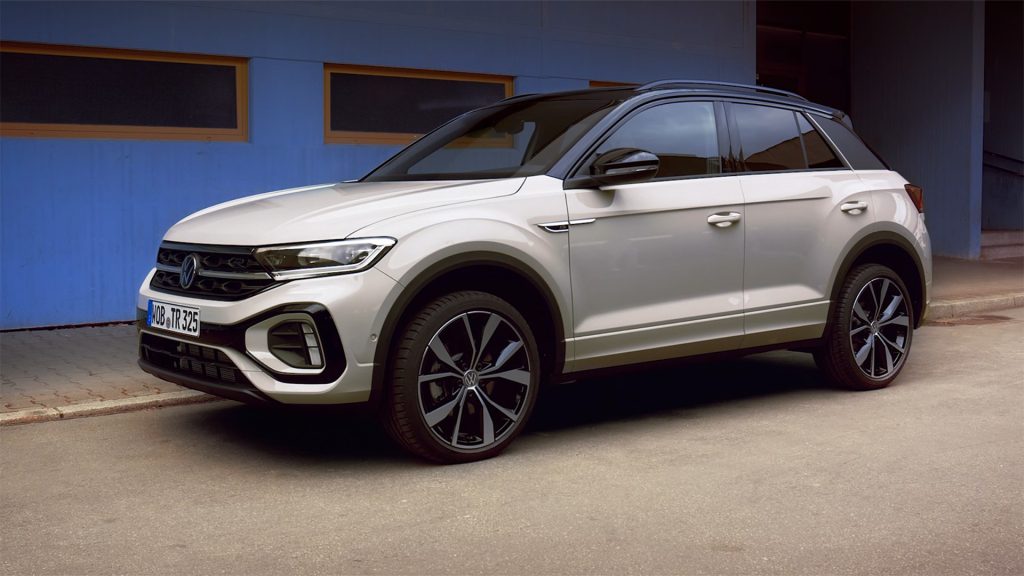
We suggest pairing this engine with the Style trim, which is a step up from the entry-level Life. The Style trim offers larger wheels, a bigger 10.25-inch digital driver’s display, and built-in sat nav, among other features.
However, be aware that the inclusion of four-wheel drive does reduce the available boot space in the T-Roc. Nevertheless, during our tests, we managed to fit six carry-on suitcases—more than any version of the Seat Arona could accommodate.
4. Range Rover Sport
- 0-62mph: 6.1 sec
- MPG/range: 38.9mpg
- CO2 emissions: 191g/km
- Seats: 5
- Boot: 647 litres
- Insurance group: 48E
Strengths:
- Offers many Range Rover qualities at a lower price
- Incredible off-road capability
- Fantastic range on the PHEV model
Weaknesses:
- Cheaper than a Range Rover, but still quite expensive
- Rivals provide sharper driving dynamics
- Land Rover’s reliability record may be a concern
If you’re looking for a vehicle that blends the go-anywhere ability of a Land Rover with luxury and comfort, the Range Rover Sport is an excellent choice. It’s highly capable off-road, and the 3.0-litre six-cylinder diesel engine in this model offers plenty of power.
Additionally, like most cars in this list, it comes with four-wheel drive to ensure you can keep moving, even in snowy conditions.
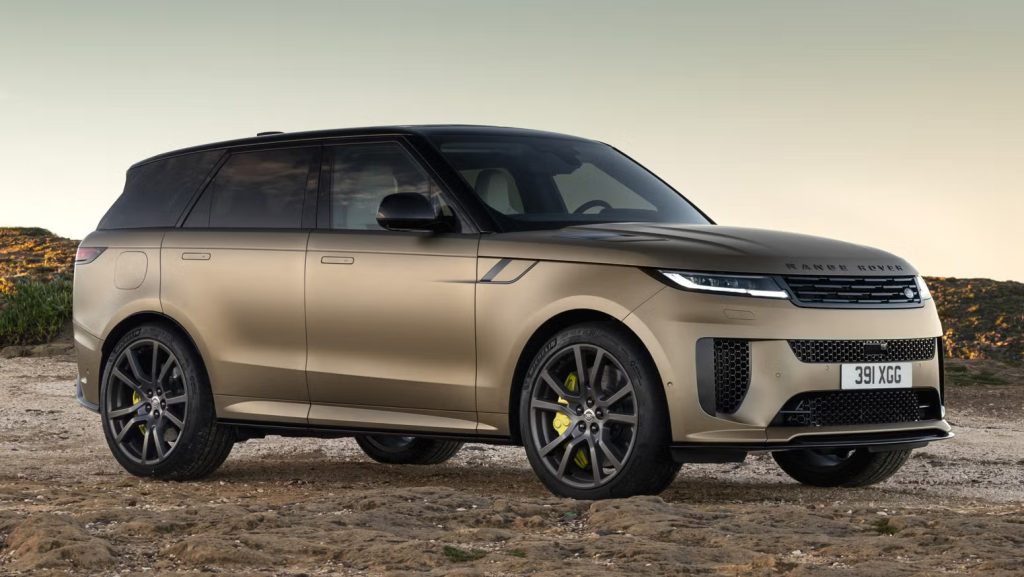
No version of the Range Rover Sport lacks features, but we recommend opting for the Dynamic SE. This trim adds darker interior accents and black roof lining to the already extensive list of standard equipment.
Inside, there’s no shortage of space, and the quality of the materials is on par with the more expensive, larger Range Rover models.
5. BMW X3
Strengths:
- Combines good performance with agile handling
- Spacious rear seats
- Generous boot space
Weaknesses:
- You’ll want to add some options for better features
- Interior layout is less user-friendly than previous models
- Not the longest range among PHEVs in its class
The BMW X3 offers a lot to like, from the fact that every version is a pleasure to drive, to its infotainment system, which stands out by featuring physical controls—something especially helpful when you’re wearing gloves in cold weather.
There is no weak engine option in the X3’s lineup, but we believe the entry-level xDrive20d 2.0-litre diesel is more than sufficient for most drivers’ needs.
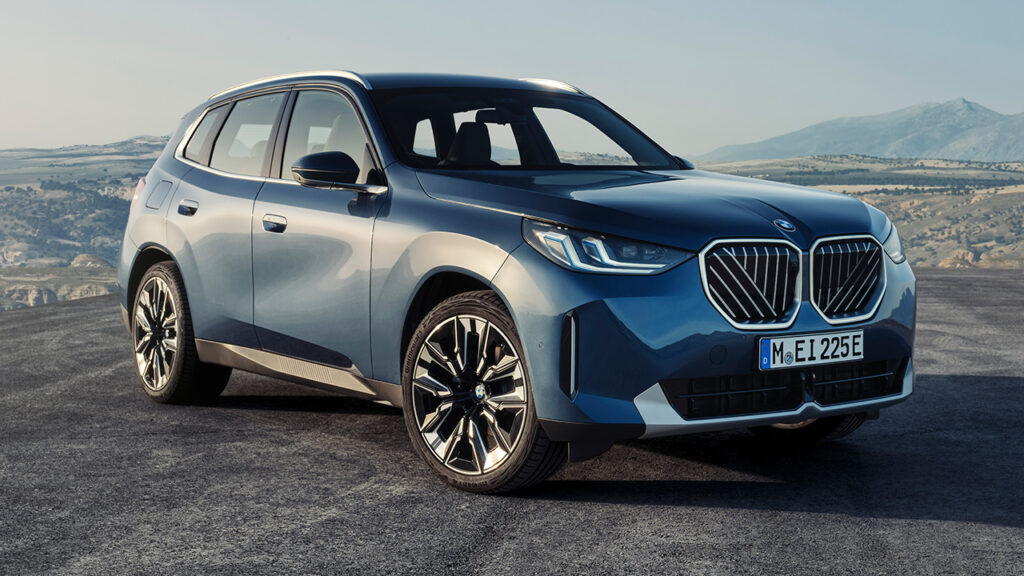
With 187bhp, it delivers more punch than the equivalent engine in the Land Rover Discovery Sport, and it also features mild-hybrid technology, which helps reduce fuel costs. Additionally, as indicated by its name, this version comes with four-wheel drive.
As with the BMW X7 we discussed earlier, we recommend going for the M Sport trim. This not only gives the X3 a sportier look but also offers the option of the M Sport Pro pack, which includes adaptive suspension for a smoother ride.
Also Read: 10 Features in Popular Luxury Cars That Improve Their Practicality
6. Porsche Taycan Cross Turismo
Strengths:
- Incredible point-to-point pace
- More spacious rear seats than the coupé version
- Exceptional interior quality
Weaknesses:
- You’ll likely want to add several options
- Range isn’t particularly impressive
- Non-electric rivals offer larger boots
The Taycan Cross Turismo stands apart from all the other cars on this list as a fully electric model, but don’t be fooled into thinking that makes it ill-suited for snowy conditions.
In fact, with four-wheel drive, the Taycan Cross Turismo 4S is incredibly stable on any surface, and the slightly raised ride height of the Cross Turismo model helps it glide over snowbanks with ease.
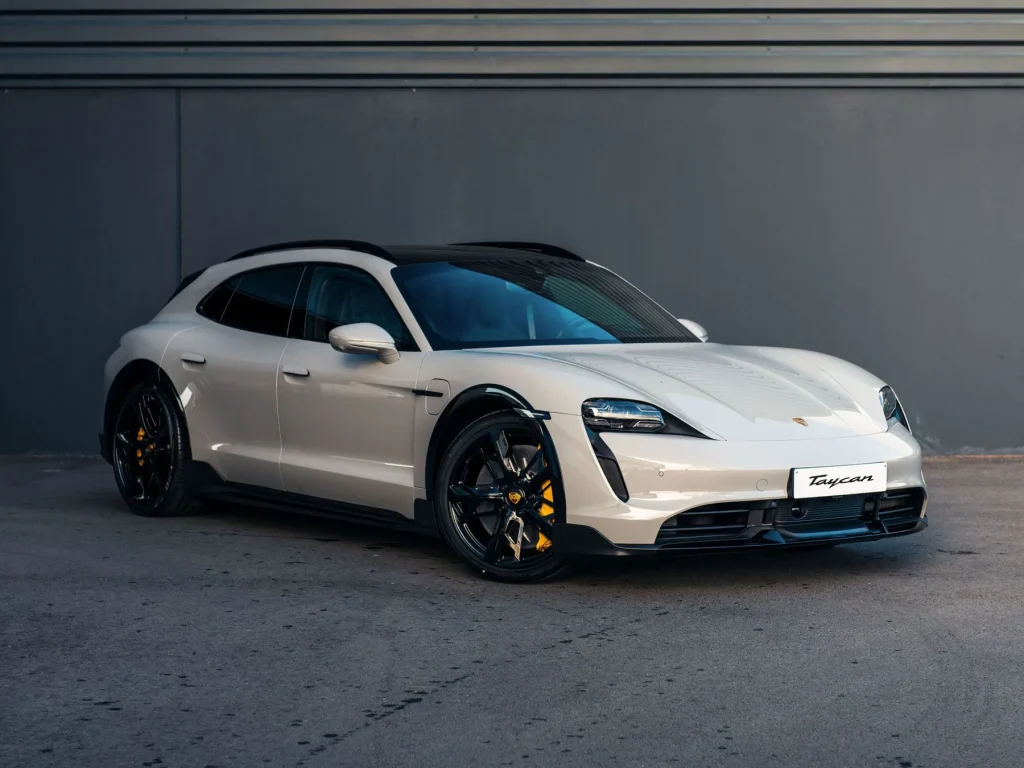
In its 4S form, the Taycan Cross Turismo produces 563bhp and can accelerate from 0-62mph in just 4.1 seconds.
While you might not reach the official range of 301 miles in cold weather, we believe that a range of at least 200 miles between charges should be easily achievable.
7. Range Rover Evoque
Strengths:
- Great driving position
- Well-equipped
- Slow depreciation
Weaknesses:
- Limited boot space
- So-so fuel economy and emissions
- Land Rover’s reliability record
It’s no surprise that a third Land Rover model makes it into this top 10. The brand’s legacy is deeply rooted in off-roading, and while the Evoque isn’t as capable as the Defender or Range Rover Sport, it can still venture far off the beaten path compared to rival family SUVs such as the BMW X1 or Volvo XC40.
The Evoque comes with standard four-wheel drive, which can be customized for different surfaces. Additionally, it offers more ground clearance and a greater wading depth than most competitors, making it well-equipped for challenging conditions.
We recommend the P300e plug-in hybrid version, which combines a 1.5-litre petrol engine with an electric motor.
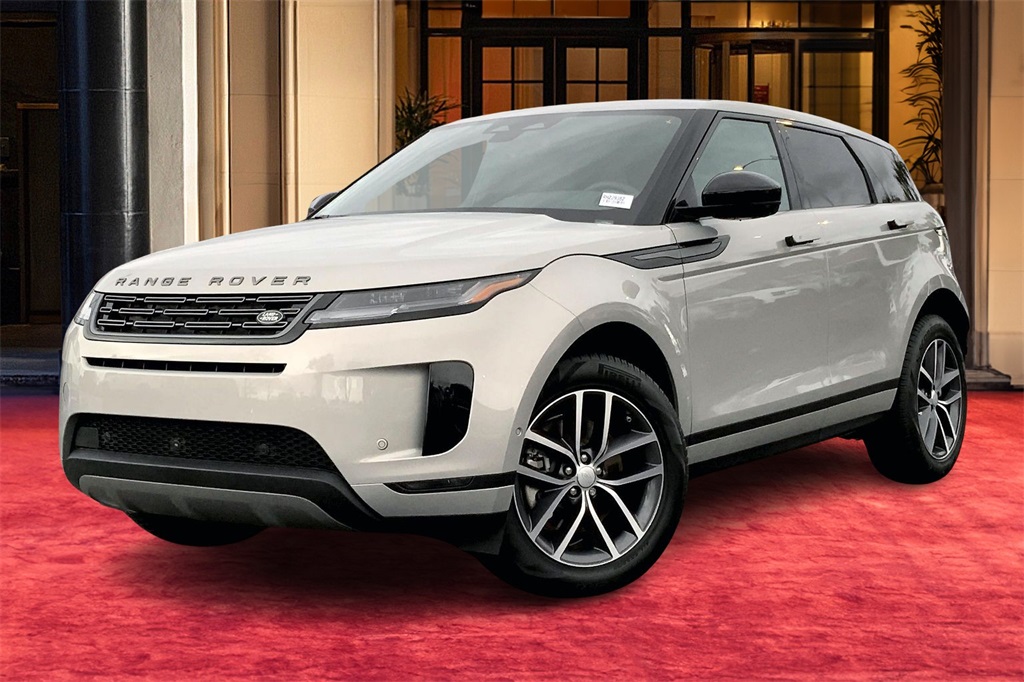
This model is the fastest in the Evoque range, reducing the 0-62mph time to just 6.1 seconds. It can also travel up to 38 miles on electric power alone, according to official figures.
8. Skoda Karoq
Strengths:
- Good to drive
- Excellent interior space
- Smart and sturdy-feeling interior
Weaknesses:
- Seat Ateca is more fun to drive
- VarioFlex seats no longer standard
- No hybrid options
As the spiritual successor to the iconic Skoda Yeti, the Karoq is a great option that offers immense value, ample space for passengers and their luggage, and a range of configurations to suit most drivers’ needs.
For those who live in areas prone to deep snow and slippery ice, the strong pulling power of the 2.0-litre diesel engine makes this a solid choice.
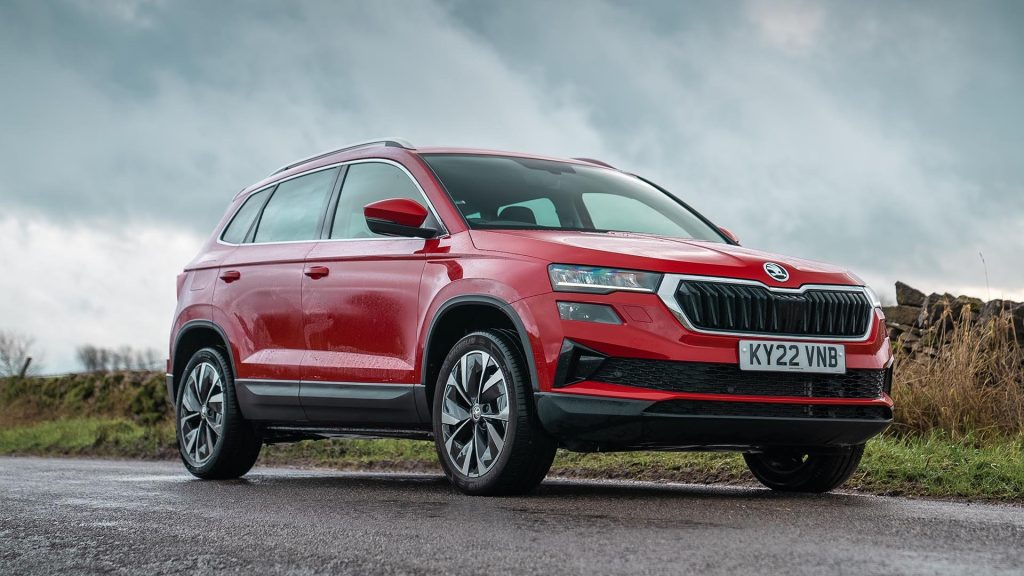
This engine is one of the few options available with four-wheel drive, making it especially suited for challenging winter conditions. Additionally, it comes with an automatic gearbox for added ease of driving.
No version of the Karoq lacks features, but we recommend stepping up to the mid-range SE L trim. This version adds luxury features, including 18-inch alloy wheels, flexible rear seats, keyless entry and start, and all-round parking sensors.
9. Dacia Duster
- Reliability
- Safety
- Costs
- Quality
- Performance
Strengths:
- Affordable to buy and run
- Spacious boot
- 4×4 version is very capable off-road
Weaknesses:
- Some rivals offer a better driving experience
- Interior features many hard plastics
- Entry-level model has limited equipment
For those looking for an affordable yet highly capable car for snow and ice, the Dacia Duster delivers exceptional value.
This version of the Duster small SUV combines a powerful petrol engine with four-wheel drive, making it an ideal option for towing or navigating rough terrain such as muddy, snowy, or sandy paths.
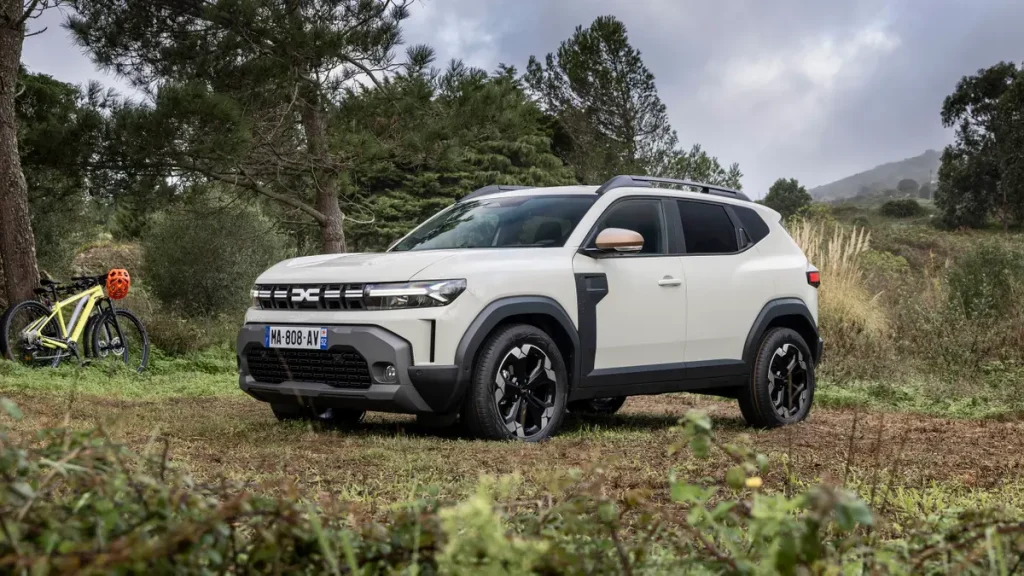
Opting for the 4×4 version of the Duster brings additional benefits, including a more sophisticated rear suspension setup, which improves stability both on and off the road.
Although Extreme is the top trim level, it’s worth considering for its standard features like heated front seats and a heated steering wheel, as well as its rugged, muscular appearance.
10. Audi A6 Avant
Strengths:
- Plush interior
- Powerful engines
- Plenty of tech features
Weaknesses:
- Infotainment system can be distracting
- Air suspension is only available on the high-end Vorsprung model
- The BMW 5 Series Touring is even quieter
While every other car on this list is an SUV, the Audi A6 Avant caters to those who prefer a lower-profile car or need more space than the average family SUV can provide.
This estate car is designed to handle rough conditions, making it a great alternative for those who need practicality with added capability.
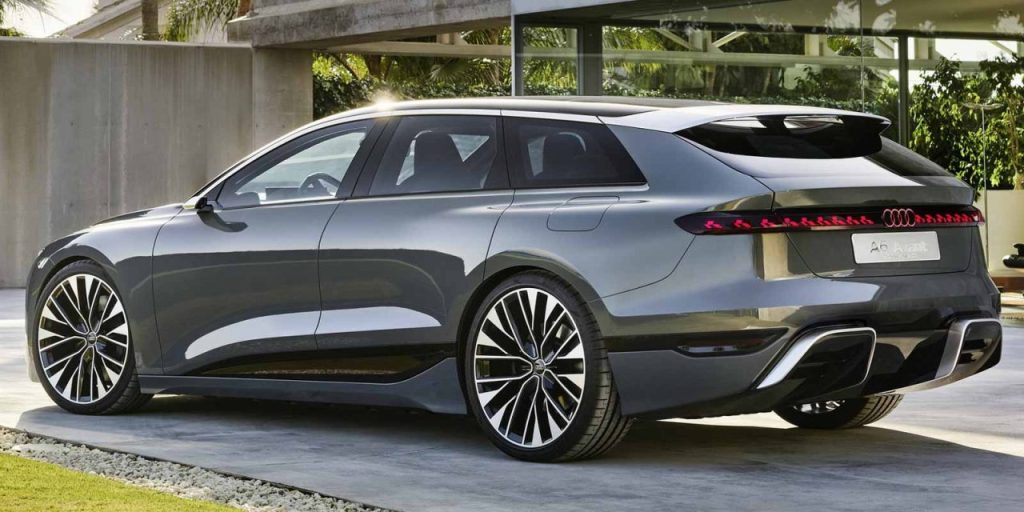
The A6 Avant offers impressive boot space, though slightly less than rivals like the BMW 5 Series Touring or Mercedes E-Class Estate. However, the Audi makes up for this with a luxurious interior filled with premium materials.
This particular version pairs the potent 40 TDI diesel engine with Audi’s quattro four-wheel drive system, ensuring excellent traction in snowy or icy conditions.
The Sport trim adds extra comforts, including dual-zone climate control, leather upholstery, and 18-inch alloy wheels.

